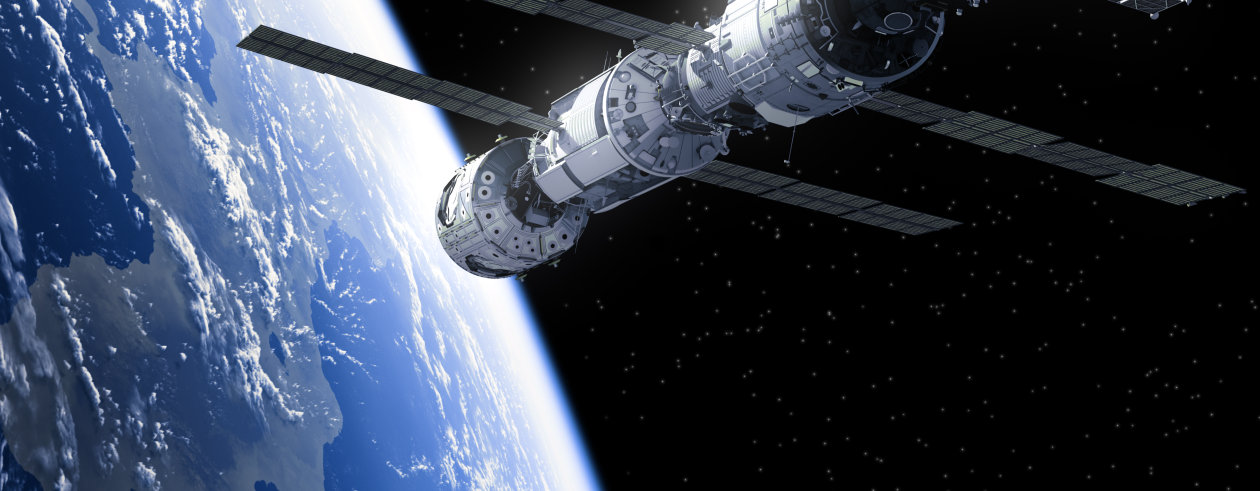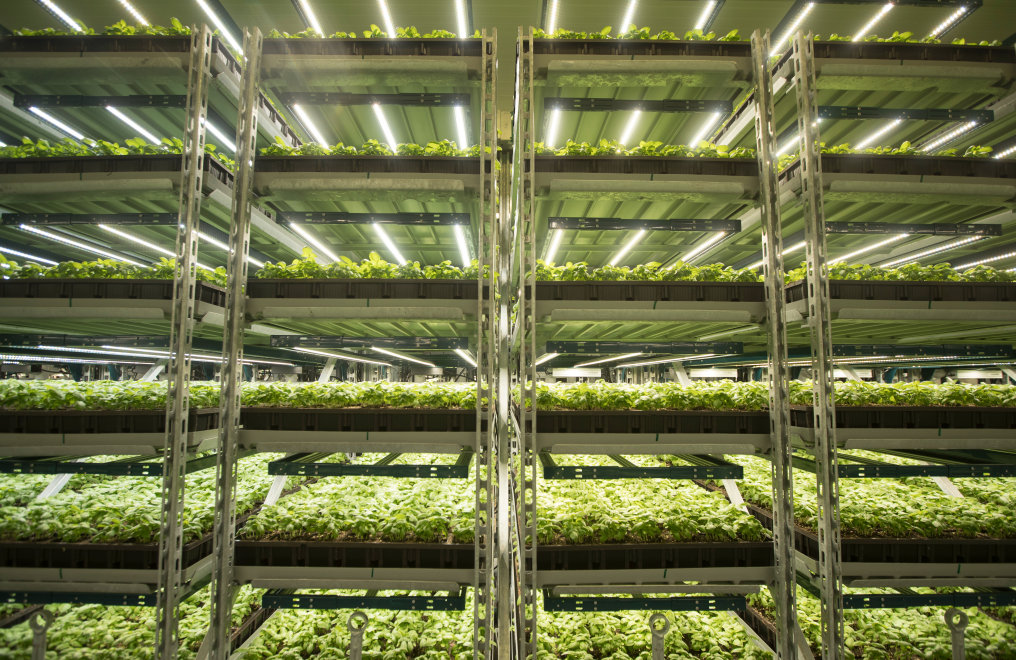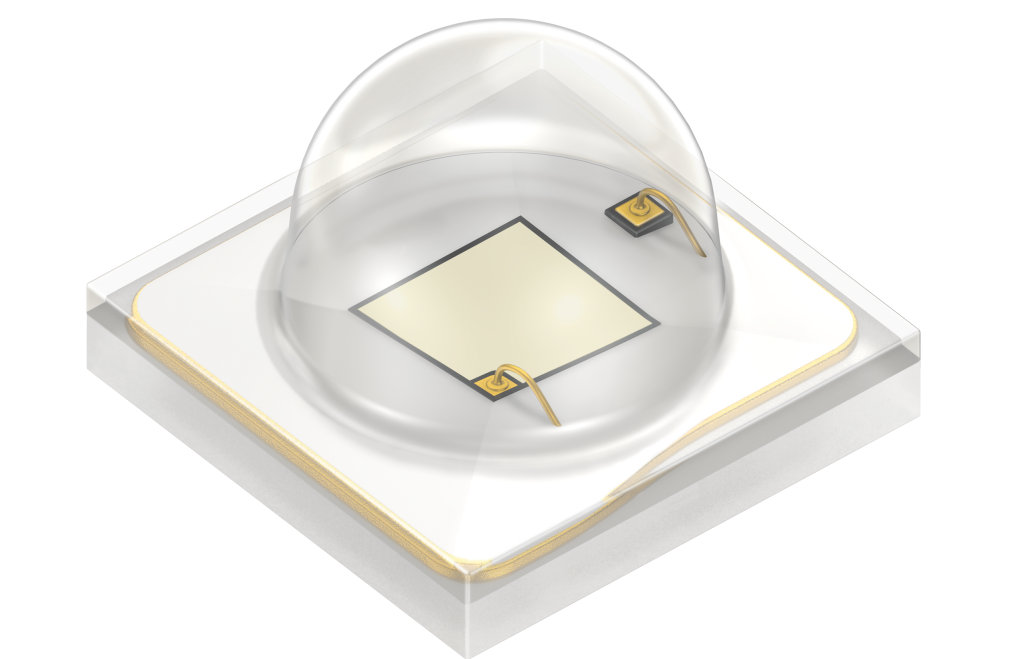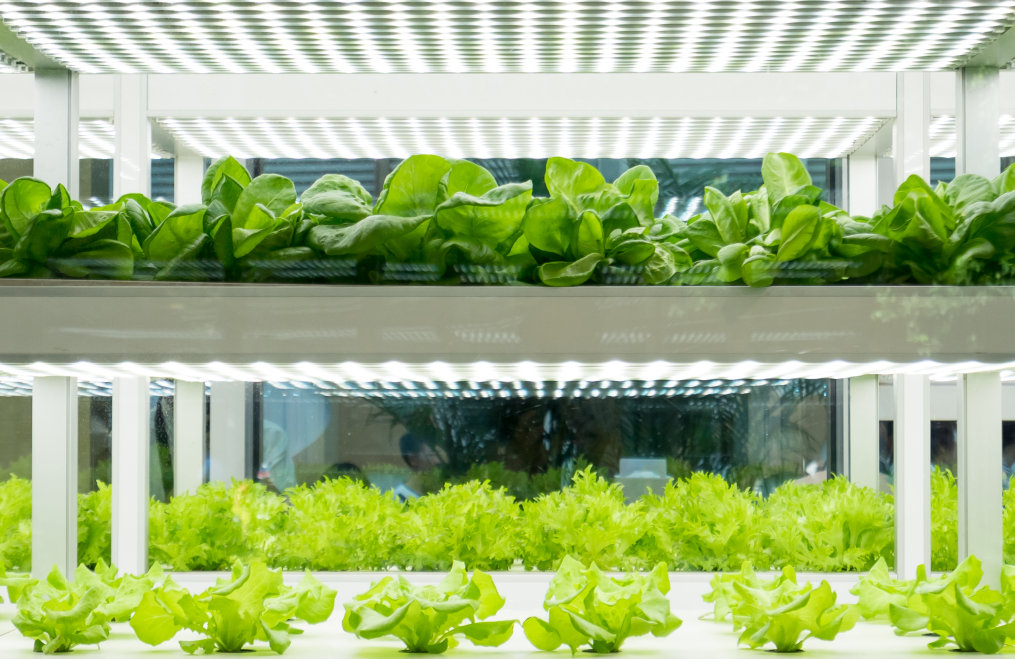How will we grow food in the future?
OSRAM horticulture lighting takes on the challenges of the 21st century
The world’s population is growing. The available farmland is diminishing. The urbanization is increasing, and with it the transportation distances and expenditures. The ability to provide enough food will become a challenge in the next 30 years. Traditional agriculture will not be able to provide the people in future cities with enough healthy nourishment. We are in need for new and better systems to meet the food supply demand.
Urban farming and indoor vertical farming are good examples of such solutions. We will grow tomatoes, melons, lettuce and the like in the midst of big cities. These plants will need to be fed primarily with water and light. Compared to conventional agricultural solutions, indoor farming achieves significant increases in energy efficiency and can, thus, help vegetable and fruit cultivation in the metropolises of the world to become viable.
OSRAM's main areas of horticulture lighting
We work with researchers and growers at the forefront of the controlled-environment agricultural revolution to provide products and systems that optimize crop development.
Key to find the best light recipes are self-learning software algorithms that create and optimize digital plant models in order to cultivate tailor-made salads, herbs, vegetables and fruits.




